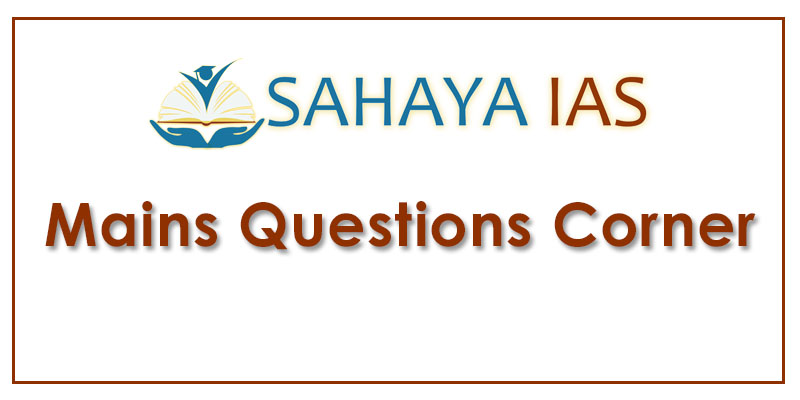Highlights
- When the Cold War ended, the withering of its restraining influences spawned many ethnic and state-breaking conflicts. Also, the feeling of hubris generated in the U.S. by the demise of the Soviet Union amplified its interventionist proclivities. A combination of these factors led to so-called “humanitarian” interventions, especially in the Balkans and West Asia.
- The term Responsibility to Protect (R2P), derived from a 2001 report by a high-powered commission at the behest of the UN Secretary General, became the linchpin of the humanitarian intervention argument.
- R2P and its corollary, humanitarian intervention, have ended up subverting the international order rather than strengthening it, for two major reasons.
- First, such interventions have been undertaken with the objective of regime change but without much thought about the rebuilding of state institutions that this would entail.
- Second, humanitarian interventions are undertaken largely at the behest of the P-3 (the U.S., the U.K. and France), who wield veto power in the UNSC and have the wherewithal to mount such interventions.
- Demands for intervention in humanitarian crises, such as in Gaza, that do not suit the P-3, especially the U.S., face the threat of veto in the UNSC. This is why genuine humanitarian crises crying out for intervention remain unaddressed.
Source: The Hindu



Comments (0)